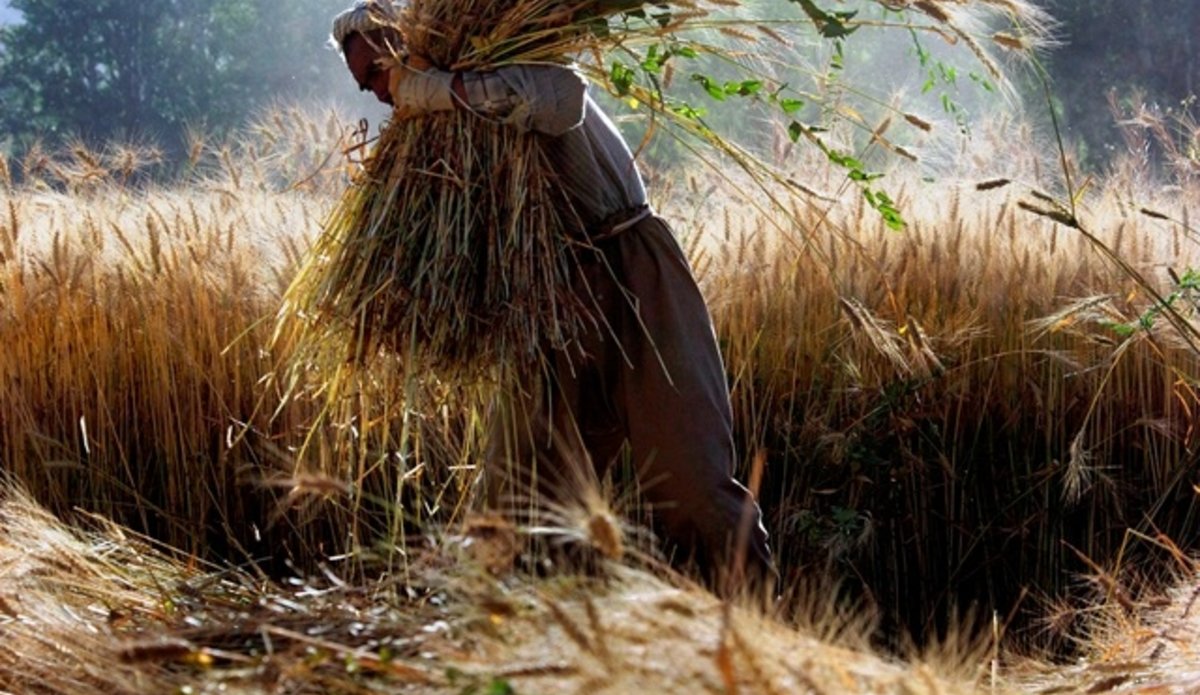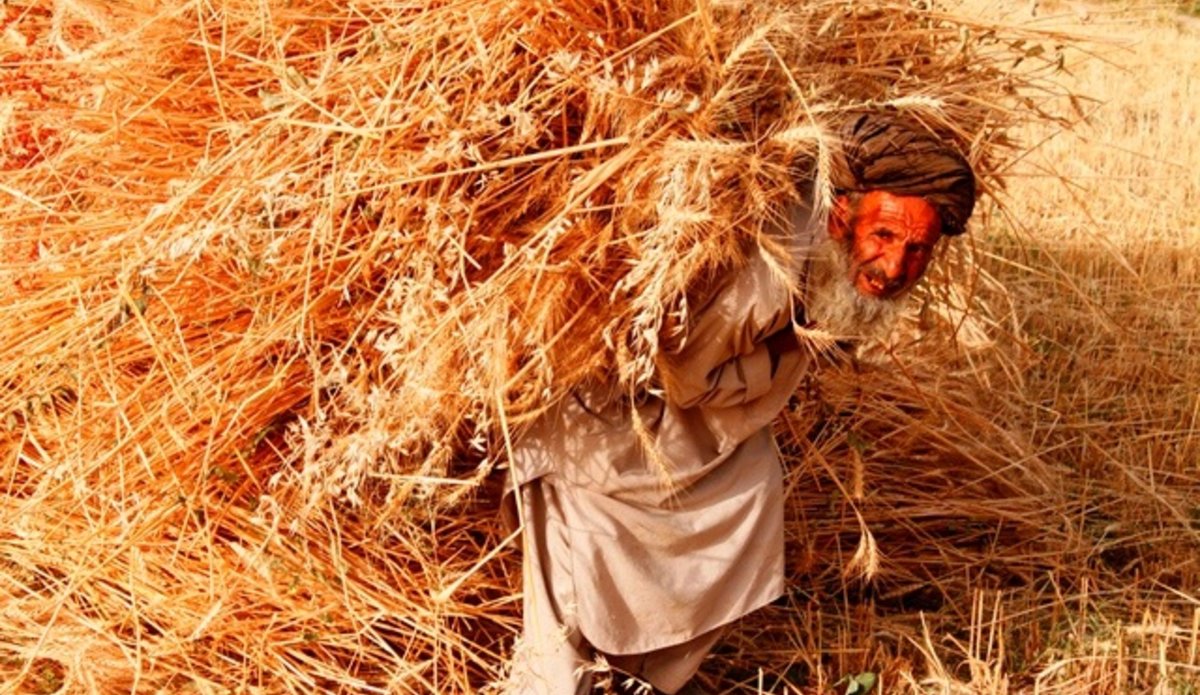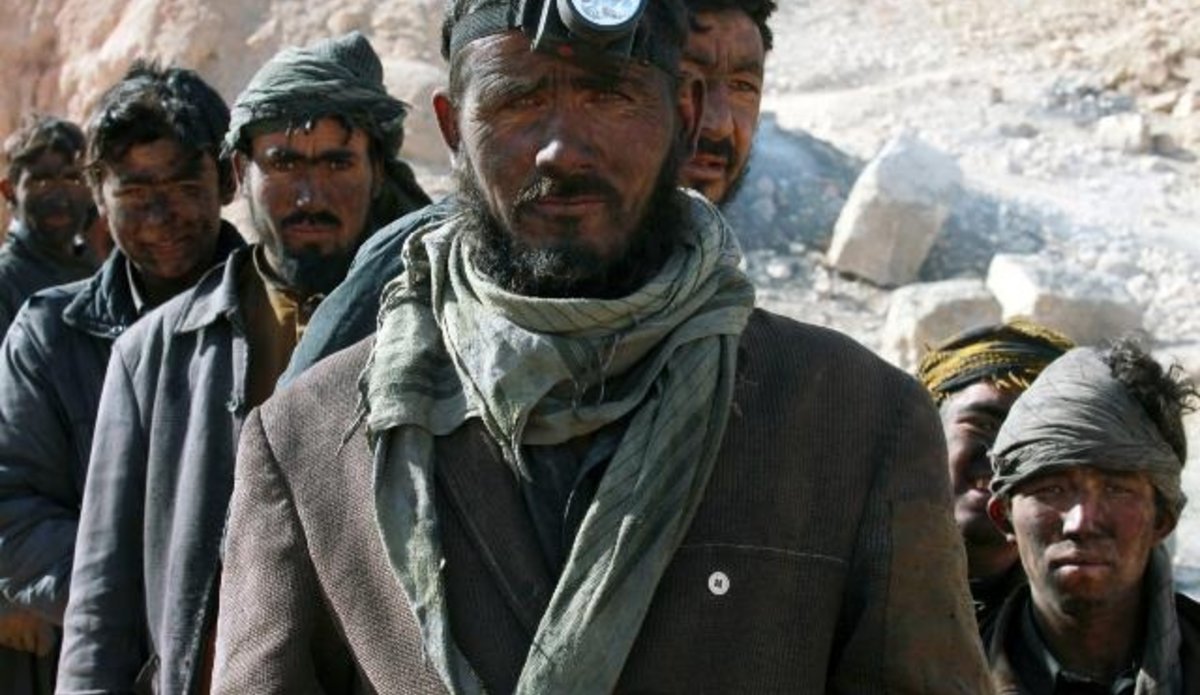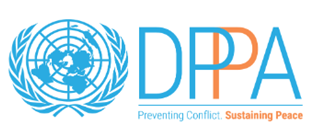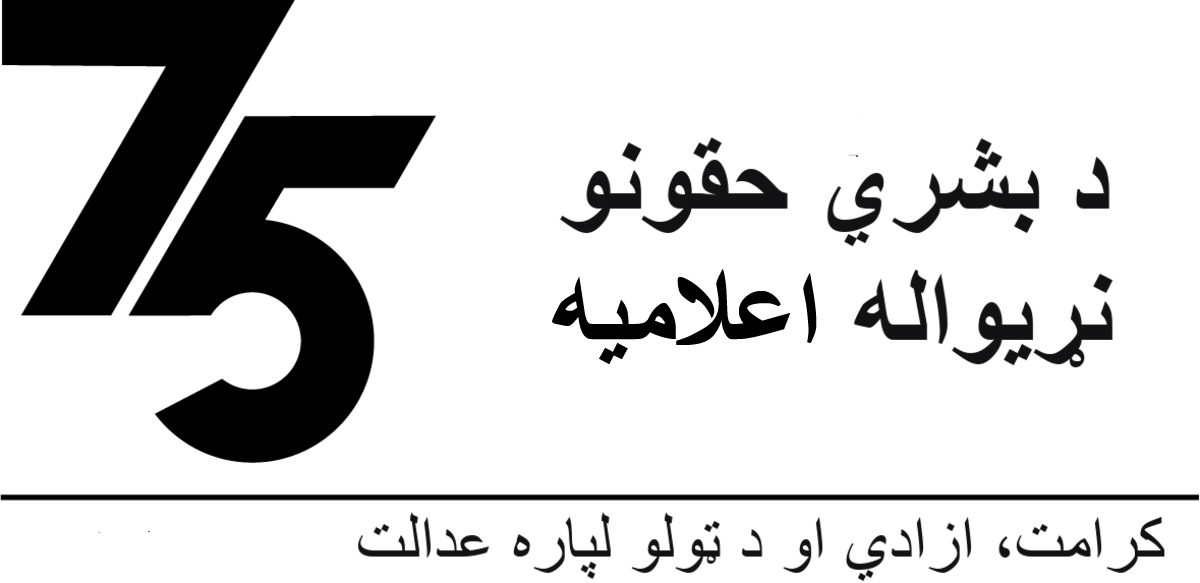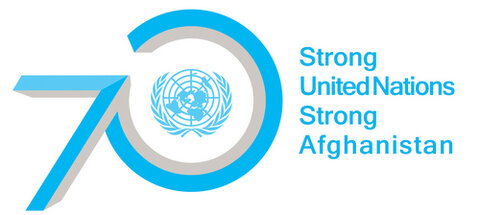Afghanistan registered 12 per cent GDP growth in 2012 – World Bank report
KABUL - An exceptional harvest and large-scale mining activities in 2012 helped Afghanistan achieve almost 12 per cent growth in its gross domestic product (GDP), an increase from a growth rate of just above seven per cent the year before, according to a recent World Bank (WB) study, which also warns that future growth prospects will depend on the country’s ability to achieve peace, stability and reconciliation.
Released earlier this month, the ‘Afghanistan Economic Update’ also found that agricultural development remains the country’s “biggest hope,” followed by the development of mining resources, for achieving “sustainable and inclusive growth” in the future.
“Real GDP growth increased from 7.3 per cent in 2011 to an estimated 11.8 per cent in 2012, thanks to favorable weather conditions and an exceptional harvest,” the 24-page report stated.
WB estimates that agriculture accounts for one-fourth to one-third of Afghanistan’s GDP, with its annual output largely depending on levels of rainfall. Wheat accounts for approximately 60 per cent of the agricultural output and is the most important licit crop in the country. Wheat production in 2012 met about 93 per cent of the country’s domestic requirements.
Afghanistan’s budding mining sector showed “dynamic developments” in 2012 after oil production started in the Amu Darya fields in the north of the country, contributing about 1.8 per cent of GDP. Before Amu Darya’s output, Afghanistan’s mining sector accounted for 0.6 per cent of GDP. The oil fields are currently producing around 1,950 barrels of oil per day and are expected to reach more than 4,000 barrels per day by the end of 2013, according to the study.
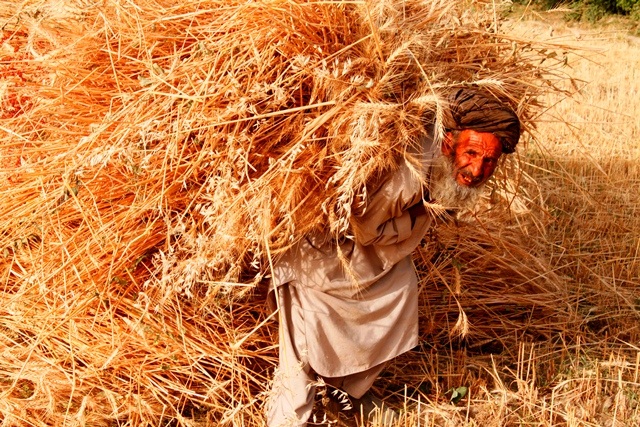
In addition, the rehabilitation and reconstruction of eight gas wells in northern Sheberghan province started late last year and are expected to be finished within 18 months. Once completed, the WB report said, the gas wells are expected to “significantly increase” the supply of gas to fertilizing and power plants, adding significantly to the Afghan economy.
The report recommended the conclusion of a legal and regulatory framework governing the exploitation of mines, helping clear up any concerns surrounding the future direction of the mining sector. “The new law is critical to concluding the pending Hajigak mining contracts and to attract new investment in the sector,” it said.
However, the report also predicted a slowdown in economic growth in the medium-term as “political and security uncertainties are expected to limit private-sector growth in the coming years… and the [ongoing] transition process exposes Afghanistan to a number of serious risks, such as rising financing for public service provision.”
“Security considerations aside, promoting sources of inclusive economic growth, especially agriculture, and strengthening domestic revenue mobilization will be important to mitigate some of these risks,” it added.
Afghan security forces are expected to conclude assuming the security responsibilities carried out by the North Atlantic Treaty Organization (NATO)-led international military in the country’s 34 provinces this summer.
At a meeting last month in the Kazakh capital of Almaty, representatives from 30 countries, including Afghanistan, as well as a dozen international organizations, including the United Nations, recognized that 2013 is a “pivotal year” during which Afghanistan must make decisive progress on some of its major national priorities, including the completion of the transition of security responsibilities related to the end of the combat role performed by international allies in 2014.
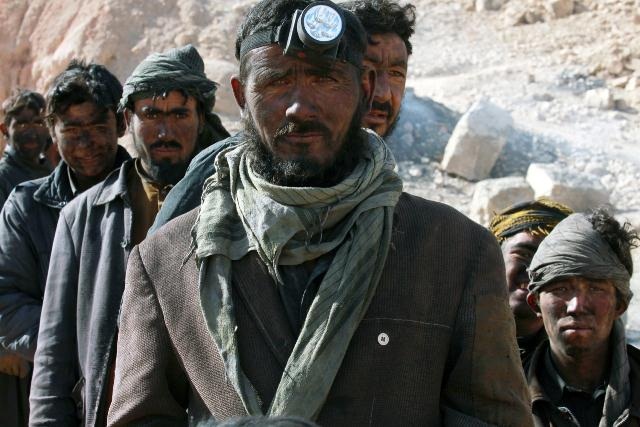
The security transition coincides with a political transition, with a presidential election slated to be held in April next year, marking an end to the second term of the incumbent, President Hamid Karzai. Also, in 2015, Afghanistan is due to hold elections for the National Assembly (‘Wolesi Jirga’).
“In spite of the relatively optimistic growth prospects, Afghanistan’s economy is exposed to some serious risks which need to be carefully managed. First and foremost, there is a lot of uncertainty attached to the upcoming elections in 2014 and the impact of the transition process on Afghanistan’s security situation,” the WB report noted. “Much will depend on Afghanistan’s success in achieving peace, stability and reconciliation. Without it, the above-mentioned growth prospects will not materialize.”
Related articles:
- UN-backed conference highlights agriculture for economic growth, job creation
- Istanbul Process boosted at Almaty meeting with endorsement of confidence-building measures
- Managing Afghanistan’s mineral wealth
 UN
UN
